Summary | Excerpt | Reviews | Beyond the Book | Read-Alikes | Genres & Themes | Author Bio
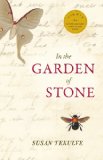
 Book Reviewed by:
Book Reviewed by:
Suzanne Reeder
Buy This Book
This article relates to In the Garden of Stone
In West Virginia, coal mining has a long and complex history.
The first reported discovery of coal occurred in 1742, more than a century before West Virginia became a state. The fossil fuel resource, present in all but two of West Virginia's 55 counties, began to thrive as a commercial industry in the late 19th century, when the completion of major railroads made the transport and marketing of coal more feasible. The uses for coal ranged from heating homes to fueling salt furnaces and steamboats.
Industry growth created jobs, which were often filled by laborers from Wales, Scotland, England and Southern Europe. Immigrants endured long work hours, low pay, poor housing, negligible medical care, and dangerous conditions.
 Obtaining bituminous coal (sometimes called soft coal, the type that is so plentiful in the state) was grueling work and often put miners at great risk to potentially lethal gas exposure known as damps - from Dampf, the German word for vapor. Firedamp refers to a flammable gas, usually methane, which occurs in coal thick enough to be mined. White damp refers to carbon monoxide. The presence of hydrogen sulfide is called stink damp, so named by miners because of its similarity in smell to rotten eggs. Black damp (the kind of damp mentioned in Susan Tekulve's debut novel In the Garden of Stone) refers to the presence of carbon dioxide and nitrogen.
Obtaining bituminous coal (sometimes called soft coal, the type that is so plentiful in the state) was grueling work and often put miners at great risk to potentially lethal gas exposure known as damps - from Dampf, the German word for vapor. Firedamp refers to a flammable gas, usually methane, which occurs in coal thick enough to be mined. White damp refers to carbon monoxide. The presence of hydrogen sulfide is called stink damp, so named by miners because of its similarity in smell to rotten eggs. Black damp (the kind of damp mentioned in Susan Tekulve's debut novel In the Garden of Stone) refers to the presence of carbon dioxide and nitrogen.
Between 1886 and today there have been almost 1,500 fatalities in West Virginia resulting from coal mining disasters such as explosions, fires and floods. In December 1907, a mine explosion in Monongah, West Virginia killed more than 350 people. The tragedy is often cited as the worst mine disaster in American history. Of the victims, 171 were Italian immigrants. Americans, as well as Polish, Serbian and Turkish immigrants also died in the Monongah disaster. As recently as April 2010, a huge explosion at Upper Big Branch mine in Raleigh County, West Virginia was responsible for the loss of 29 lives.
 In the past, miners used caged canaries to help them monitor air quality. A distressed canary indicated unsafe conditions. Miners also had to rely on oxen and mules to haul coal. Today, miners have more sophisticated gas detection equipment. In addition, legislation and union organization have improved working and health conditions. However, according to a recent joint investigation by National Public Radio and the Center for Public Integrity, the incident of black lung - an occupational lung disease caused by prolonged breathing of coal dust - remains a significant problem in the state and other coal-mining regions as well. Pollution caused by the burning of coal also remains a contentious issue between environmental groups and the coal industry.
In the past, miners used caged canaries to help them monitor air quality. A distressed canary indicated unsafe conditions. Miners also had to rely on oxen and mules to haul coal. Today, miners have more sophisticated gas detection equipment. In addition, legislation and union organization have improved working and health conditions. However, according to a recent joint investigation by National Public Radio and the Center for Public Integrity, the incident of black lung - an occupational lung disease caused by prolonged breathing of coal dust - remains a significant problem in the state and other coal-mining regions as well. Pollution caused by the burning of coal also remains a contentious issue between environmental groups and the coal industry.
The National Mining Association ranks West Virginia as the second largest producer of coal in the country, behind Wyoming. Bituminous coal is used to generate electricity and also contributes to the iron and steel industries.
Top Image: Coal Miner's Wife in West Virginia by Marion Post Wolcott
Bottom Image: Coal Miner with a Canary
Filed under Places, Cultures & Identities
![]() This article relates to In the Garden of Stone.
It first ran in the June 19, 2013
issue of BookBrowse Recommends.
This article relates to In the Garden of Stone.
It first ran in the June 19, 2013
issue of BookBrowse Recommends.
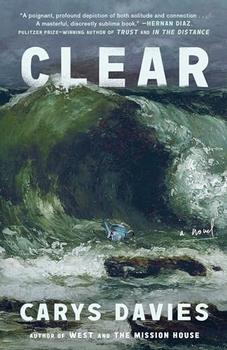
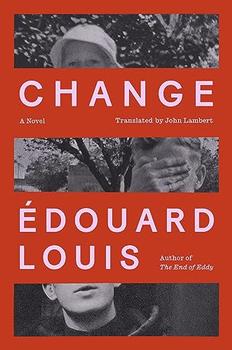
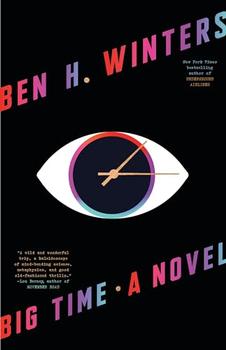
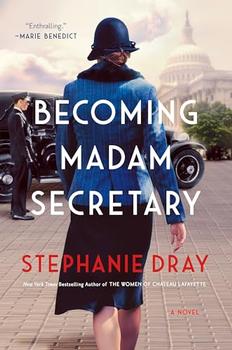

The Funeral Cryer by Wenyan Lu
Debut novelist Wenyan Lu brings us this witty yet profound story about one woman's midlife reawakening in contemporary rural China.
Your guide toexceptional books
BookBrowse seeks out and recommends the best in contemporary fiction and nonfiction—books that not only engage and entertain but also deepen our understanding of ourselves and the world around us.